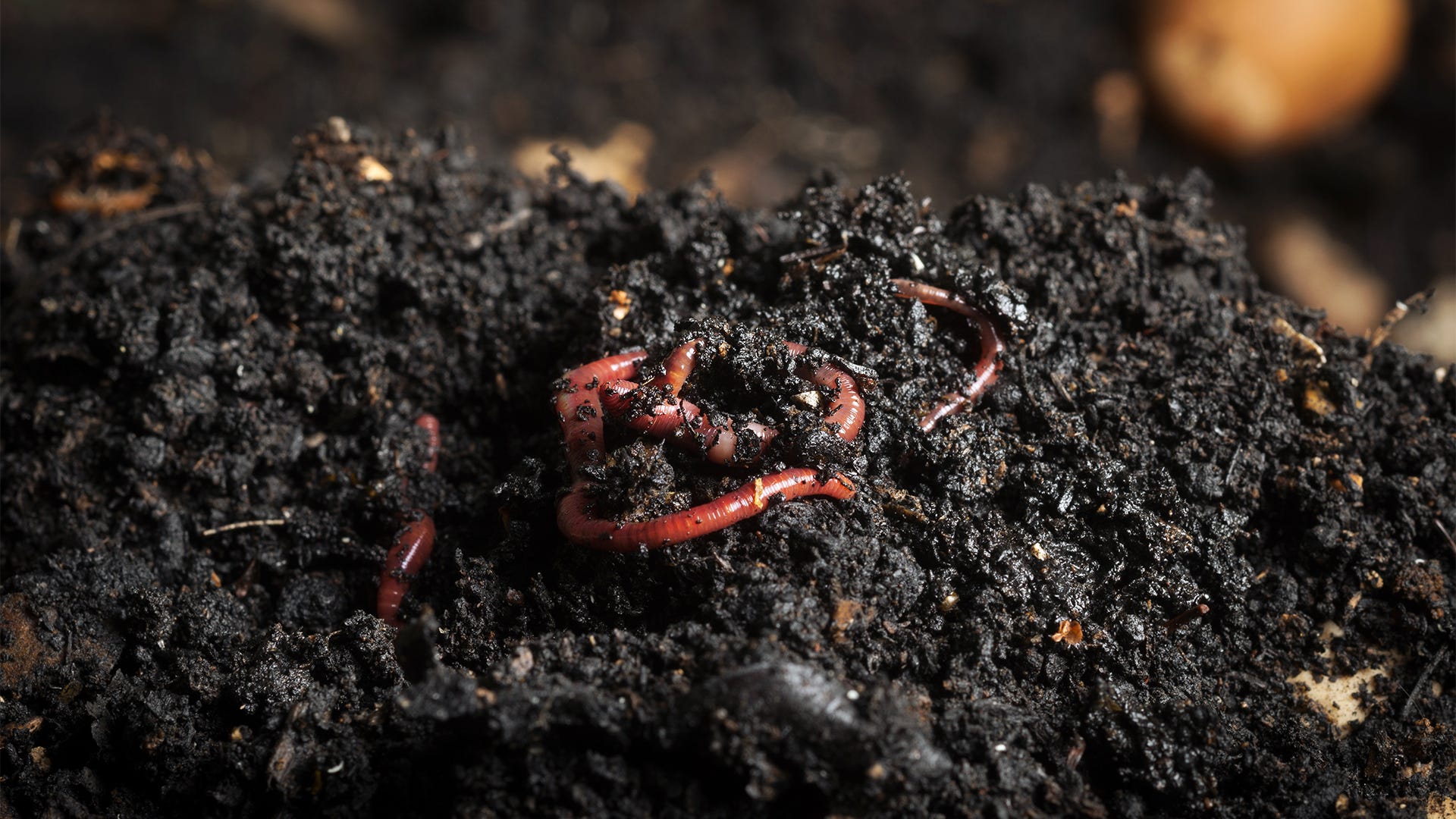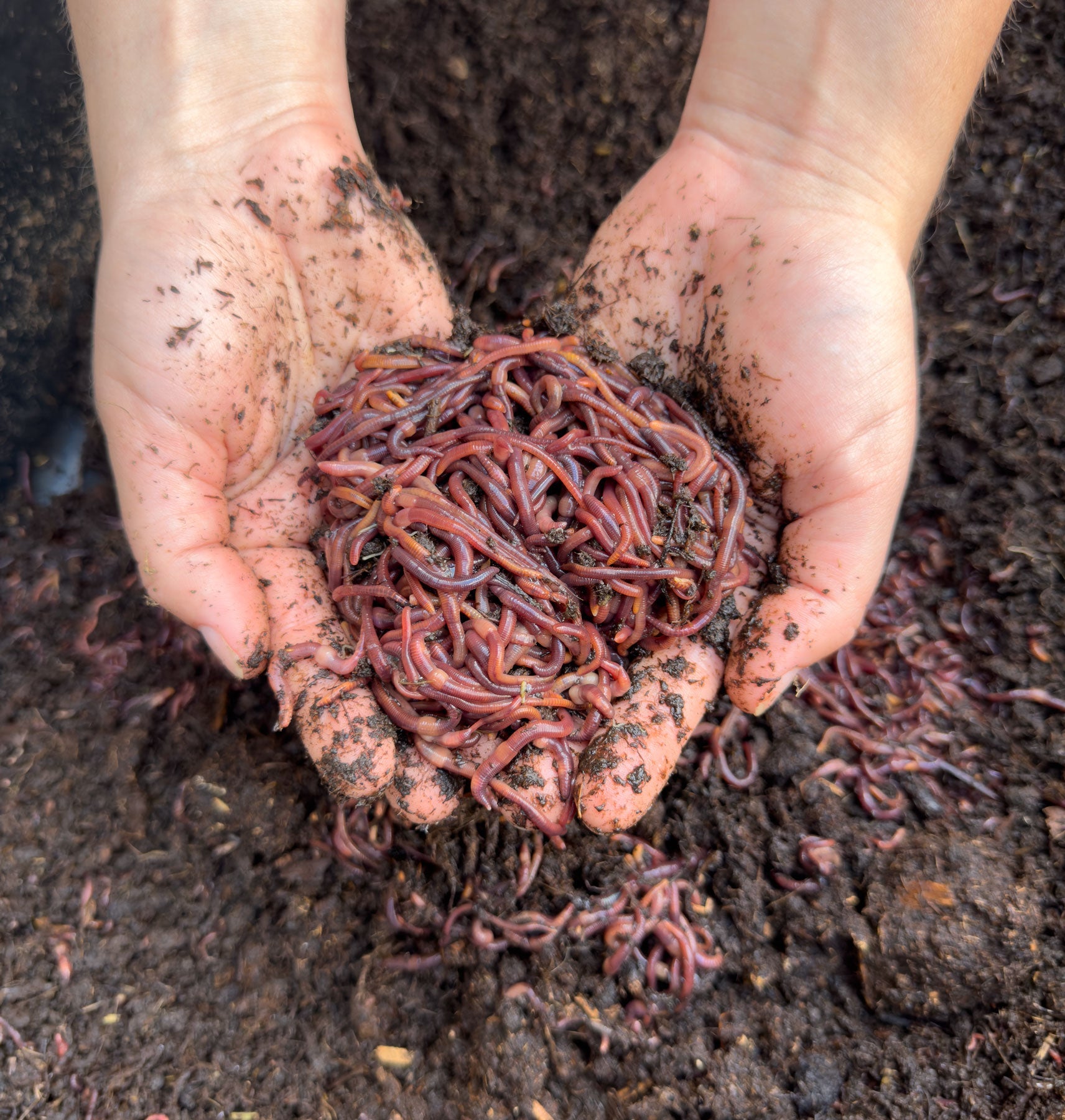Red worms: Boost soil nutrients
Whatever You Need to Know About Red Wigglers for Composting
Red wigglers, or Eisenia fetida, play a critical duty in the realm of composting, changing natural waste into important soil modifications. The procedure of setting up a worm bin and keeping it can present difficulties.
What Are Red Wigglers?

(Lake Hickory Worms,)
Belonging To North America, red wigglers are surface-dwelling organisms that prefer moist, warm habitats abundant in decaying natural issue. Their diet plan consists primarily of decomposing plant product, food scraps, and various other organic debris, which they eat and damage down effectively. As they digest this product, they generate nutrient-rich castings that enhance dirt fertility.
Red wigglers are hermaphroditic, possessing both male and female reproductive organs, and can recreate rapidly under ideal conditions. This ability makes them a suitable choice for composting systems, as their populace can increase swiftly. Their resilience and flexibility to various settings even more strengthen their importance in lasting waste management methods. On the whole, red wigglers are important factors to the process of reusing natural waste into beneficial compost.
Benefits of Making Use Of Red Wigglers
Utilizing red wigglers in composting systems uses countless advantages that enhance both the effectiveness of waste monitoring and the quality of the resulting compost. These worms, clinically recognized as Eisenia fetida, are specifically effective at breaking down organic matter, transforming kitchen scraps and yard waste right into nutrient-rich garden compost at an increased price.
One of the primary advantages of using red wigglers is their capacity to consume huge quantities of natural material, usually refining their weight in food waste daily. This high consumption rate results in faster decay and minimizes the volume of waste sent to garbage dumps. Moreover, the spreadings created by red wigglers are abundant in necessary nutrients, valuable microbes, and enzymes, making them a superb fertilizer for yards and plants.
Additionally, red wigglers grow in a range of settings, making them adaptable for both indoor and exterior composting systems - red wigglers. Their presence in a compost bin aids to freshen the material, stopping odors and advertising a healthy and balanced composting process. Overall, using red wigglers not just contributes to effective waste monitoring however also sustains lasting gardening techniques with the production of top notch compost
(buy red wiggler worms)
Setting Up Your Worm Bin
To effectively establish a worm container, it is important to select a proper container that fulfills the demands of red wigglers while providing a conducive environment for composting. An appropriate bin can be made from plastic, wood, or metal, with an ability of at the very least 1 square foot for every pound of worms.
Ensure the container has sufficient drainage holes to avoid excess wetness, as red wigglers flourish in a moist, however not waterlogged, environment. red wigglers. The bin should also be ventilated to offer sufficient airflow, avoiding anaerobic conditions that could damage the worms
A perfect area for the worm container is a great, dark location, totally free from straight sunlight and extreme temperature levels, as red wigglers prefer a temperature variety of 55 to 77 degrees Fahrenheit.
Prior to introducing the worms, prepare bedding products such as shredded paper, cardboard, or coconut coir, which will certainly give both environment and food. Moisten the bed linen lightly to develop a welcoming setting for the worms. Consider positioning a lid on the bin to keep humidity and lower pests, while ensuring it can be easily eliminated for upkeep.
Feeding and Treatment Standards
Feeding red wigglers is a crucial aspect of keeping a healthy composting system. These worms grow on a varied diet regimen, mostly composed of natural materials such as vegetables and fruit scraps, coffee premises, and smashed eggshells. It is necessary to avoid feeding them meat, dairy, and oily foods, as these can create unpleasant smells and draw in bugs.
When presenting food to your worm container, slice or shred products into smaller pieces to facilitate quicker decomposition. Start with percentages to evaluate the worms' intake rate, progressively enhancing the amount as they adjust. It is suggested to alternative feeding locations within the bin to urge detailed blending and oygenation of the compost.

Troubleshooting Common Issues
Keeping a flourishing worm composting system can occasionally present difficulties that call for interest and troubleshooting. Usual issues include an undesirable smell, which typically shows overfeeding or the existence of anaerobic conditions. To fix this, decrease the quantity of food included and make sure proper oygenation by blending the bedding product.
An additional regular problem is the retreat of worms from the bin. This can take place as a result of excessive dampness or improper ecological conditions. Routinely check the moisture degrees, going for a wet yet not soaked consistency, and preserve optimal temperature levels between 60-80 ° F(15-27 ° C )to produce a comfortable environment for your red wigglers.
Bugs, such as fruit flies, can additionally invade worm containers. red wigglers. To fight this, cover food scraps with a layer of bed linens or shredded paper to deter flies from laying eggs. Additionally, ensure that any kind of food added is fresh and cost-free from mold and mildew, which can attract unwanted insects
Finally, if your worms seem inactive, check for anxiety factors such as temperature level changes or poor wetness. Dealing with these usual problems will certainly aid keep a healthy and balanced and effective worm composting system.
Conclusion
In recap, red wigglers, or Eisenia fetida, play an essential role in sustainable waste administration via vermicomposting. Proper setup and upkeep of a worm bin, along with adherence to feeding standards, ensure a thriving community that reduces garbage dump contributions.